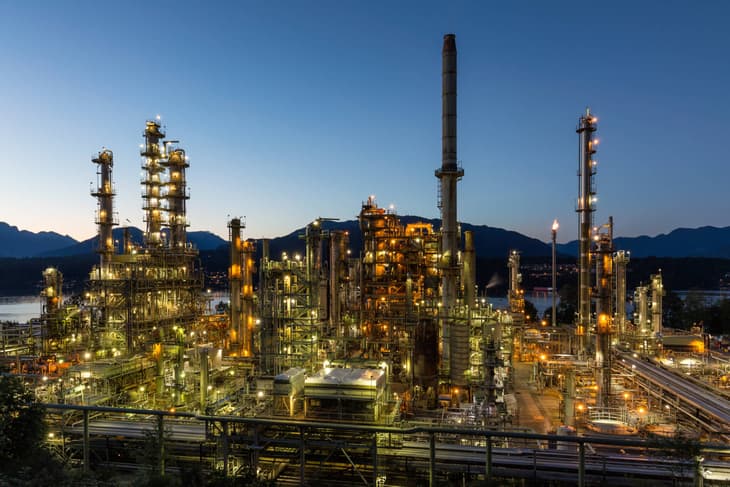There are minimal emissions reduction benefits associated with hydrogen blending into the natural gas system in British Columbia (BC), according to a new report.
Blending hydrogen at approximately 20% by volume (21.5 million GJ of hydrogen) into the province’s natural gas network for utility heating can achieve emission reductions of 350,000 to 815,000 tonnes/year CO₂e. This results in a 0.5% to 1.3% reduction in overall BC GHG emissions, and a 1.7% to 4% reduction in emissions from its utility natural gas system.
However as hydrogen production and demand develop, hydrogen blending could be used as “a stepping stone” while transportation and industrial applications are maturing, the Carbon Intensity of Hydrogen Production Methods report found.
In setting carbon intensity thresholds for use in BC’s hydrogen production in the short, medium, and long term, policymakers and stakeholders will need to balance emissions reductions goals, technological feasibility, available funding, electricity supply, available markets for hydrogen exports and hydrogen by-products such as carbon black. The state is aiming to be Net Zero by 2050.
... to continue reading you must be subscribed






